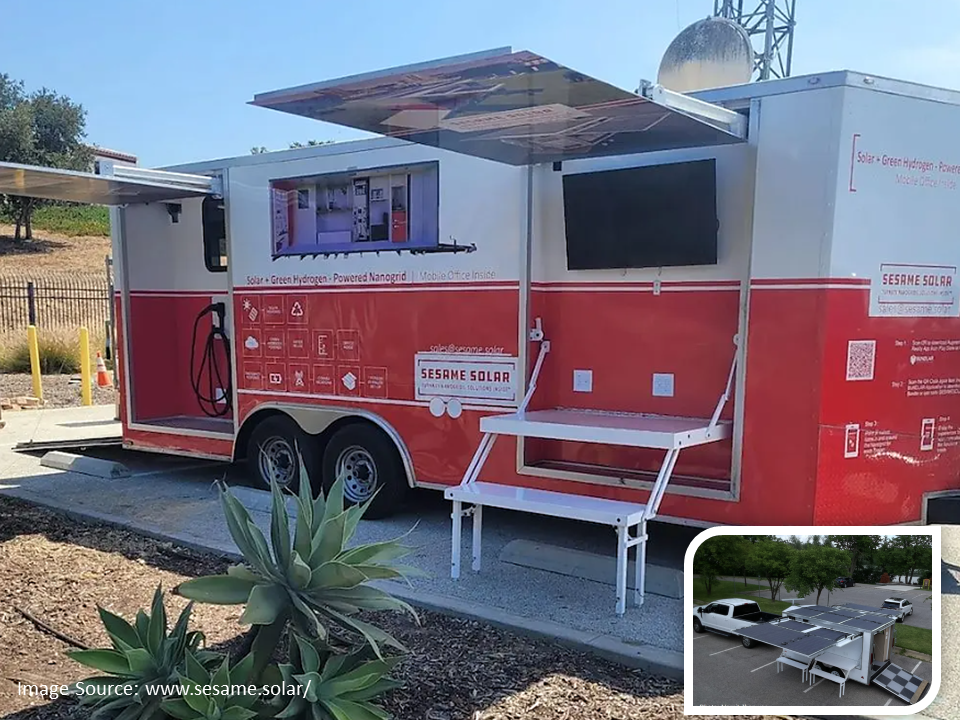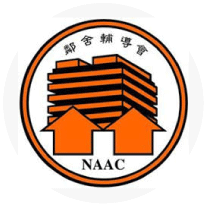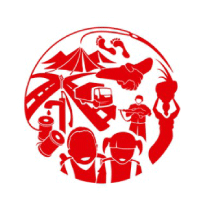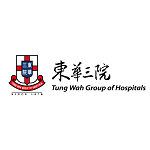Mobile renewable-powered "nanogrid" helps disaster victims

Writer: Sum C
Many devastating natural disasters happened around the world over the past few years, for example, torrential rain triggering severe flooding which took away more than 1,500 lives and caused the displacement of 7.6 million people in Pakistan this year; also Hurricane Maria in 2017, damaging or destroying 85% of buildings and disrupting power and water supplies in Dominica. To assist in speedy disaster recovery, resources such as access to communications, medical services, clean water and food are essential. Electricity is also important. A mobile renewable power "nanogrid" is a solution to provide electricity for disaster victims.
“The whole concept is that no fossil fuels are required to be able to have days or weeks of energy autonomy after an extreme weather disaster, like a hurricane, tornado or wildfire, or an event of grid outage in California,” said Sesame Solar co-founder Lauren Flanagan in an interview with CNBC this year. A nanogrid is a self-contained energy-generation system that usually serves a single location. It generates carbon-free electricity from onboard solar panels. At night or under conditions where sunlight is not sufficient like widespread haste caused by huge fires, the nanogrid can still run on green hydrogen or wind power and use the power kept in the fuel cell or battery storage.
The nanogrid is designed in the form of a 20-foot trailer so that it can be towed easily. The interior of this nanogrid has been configured as an office with workstations, a whiteboard and a bathroom. A month after the ravaged by Hurricane Maria in 2017, nanogrids worked as an office for health care providers and used to deliver medicines and vaccines which were kept in medical grade fridges to Dominica. A cable television and internet service provider, Cox, has devised an emergency plan of sending the nanogrids to parks or community centres to provide phone charging service to the community during the outage.
Climate change and increasingly extreme weather events have caused a surge in natural disasters over the past 50 years, according to the World Meteorological Organization and UN Office for Disaster Risk Reduction. That means more natural disasters are expected in the coming decade. Nanogrid is undoubtedly a great invention that facilitates disaster recovery. However, it is more important to reduce disasters than to recover from disasters as many things like the lives of people and the mental distress of orphans are irrecoverable. We should reflect what we can do to deter climate change, so as to reduce extreme weather.
Sources:
https://www.sesame.solar/blog/bloomberg-this-high-tech-trailer-delivers-green-power-when-climate-disaster-strikes
https://uploads-ssl.webflow.com/6287b091e046e866e4f8dd3d/62a3940767e1e52455d3927f_MGK%20Real%20Energy%20Writers%20-%20Mobile%20Renewable%20Power%20Nanogrids.pdf
https://www.cnbc.com/2022/07/25/sesame-solar-is-selling-clean-energy-nanogrids-for-disasters.html
https://www.sesame.solar/blog/switched-on-and-off-the-grid-in-the-caribbean
https://microgridknowledge.com/mobile-nanogrid-sesame-solar/
https://news.un.org/en/story/2021/09/1098662
https://www.ituc-csi.org/life-saving-sesame-solar-nanogrid
https://www.unicef.org/emergencies/devastating-floods-pakistan-2022
https://news.un.org/en/story/2022/09/1127051
Photo sources:
https://www.sesame.solar/

.png)










